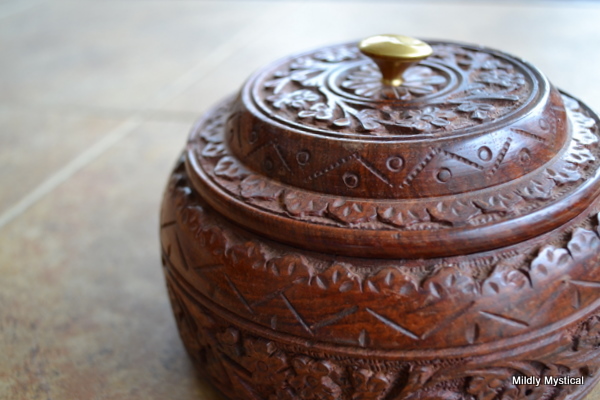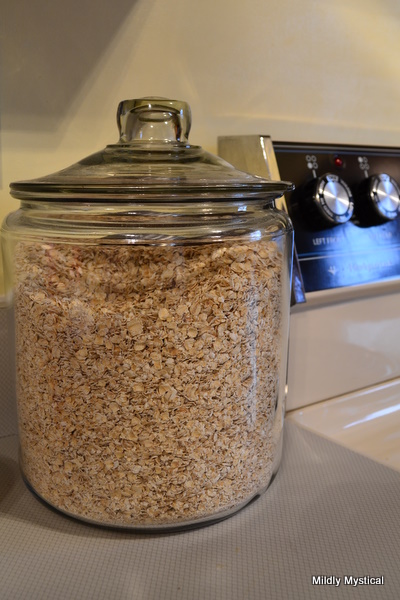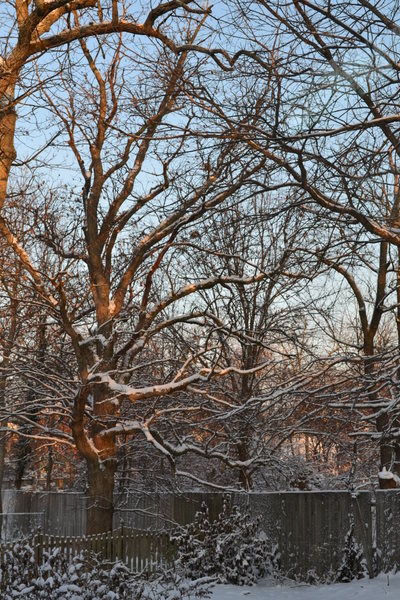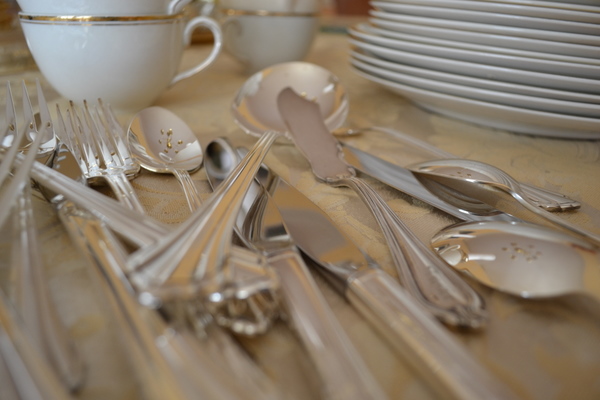Thinking back over the week, it’s interesting to recall several conversations about prayer. Not a subject that typically recurs so often. With life moving quickly along from one thing to the next, I didn’t notice this thread weaving through the past few days until I stopped to reflect on what the week has brought.
This is a reason to write a blog, by the way. It helps me pay attention. The blog becomes a box for reflection, and its presence is a constant reminder to place something in it. A box for prayer can work the same way.
To one of these conversations from the week a friend brought a gift she had received—a beautiful handmade wooden box, shaped something like a medium-sized apple. The lid lifts off with a long stem-like handle to reveal a rounded interior, sanded smooth, the grain visible in the dark wood. It has just enough heft to feel solid in the palm of one’s hand. After living with the gift for a few weeks, she realized that it would be a box for her prayers.
All sorts of prayers can be placed in such a box. Prayers for others can be held there, represented by a name written on a slip of paper. A gift that the day brings, a worry we can’t let go of, a feeling of fear or grief or longing—the concern and gratitude and pleas that color our spiritual life all have a place in a box for prayers.
To give our prayers a tangible expression is a comfort. A similar practice happens on a larger scale in Old Jerusalem where the Wailing Wall, or Western Wall, holds the prayers of visitors who tuck their written words into spaces between the ancient stones. The space is considered holy because of the Jewish tradition that the Divine Presence remains there. More than a million notes are placed there every year. Semi-annually the notes are collected and buried on the Mount of Olives.
Most of us can’t place our prayers in the Wailing Wall, but we can set aside a sacred space of our own. It might feel right to ask a blessing on that space, or it may be enough to let the blessing come from the prayers with which we fill it. They may be in the form of written words, or in a simple nonverbal prayer such as lighting a candle.
A box for prayer might be a metaphorical one as well. It can be a place to visit that feels set apart. It can be a time of day. It can be the experience of sacred writings, or music, or art. It can be a ritual that helps to place us in the presence of the divine. It can be anything that helps us see that we are standing on holy ground.
What have you found that serves as a box for prayer?




